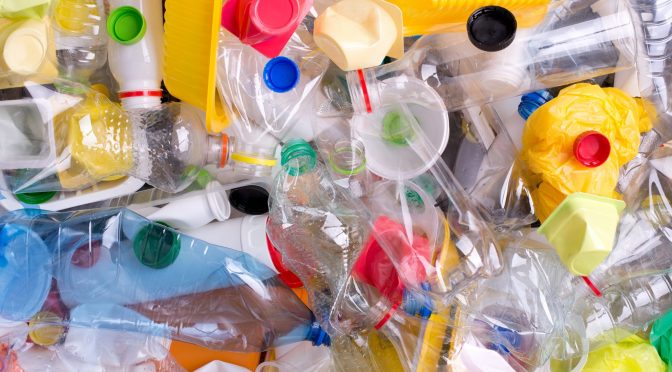Plastic has been a hot topic recently, with images in the news of plastics covering our oceans, filling our rivers and destroying our natural habitats. Plastic is a killer – it’s injuring our animals and entering our food chains with unknown health impacts.
An estimated 300 million tonnes of plastic now litter the ocean, with more than five trillion plastic pieces – weighing over 250,000 tonnes – currently floating on the surface. The UK Government’s 5p plastic charge helped to reduce plastic-bag waste by 85%. And with Theresa May vowing to eliminate UK plastic waste by 2042 (see the UK Government’s 25 Year Environmental Plan – A Green Future), could similar initiatives that tackle some of the common issues around single-use plastics and packaging be a thing of the future?
Most of the recent emphasis has been on the food and retail industry. Top brands have made several commitments; Iceland committing to zero packaging on their own-brand products by 2023, Starbucks promoting recyclable cups and McDonalds has been the latest to announce that by 2025 100 per cent of its suppliers’ packaging will come from recycled, renewable or certified sources while also aiming to recycle 100 per cent of restaurant packaging.
Above: Some fun facts
The Construction Industry remains the largest consumer of plastic!
Yet despite the emphasis on the food and retail sectors, it’s the construction industry that still remains the largest consumer of plastic and plastic packaging in the UK (and has been for some time). It’s therefore no surprise the construction industry is also the UK’s largest waste producer – accounting for more than fifty per cent of the UK’s total waste output. The majority is either shipped abroad for pre-processing (anyone know where it goes?) or ends up in landfill.
Although plastics are not always visible in buildings, the construction industry uses them for a wide and growing range of applications including insulation, piping, window frames, protection and finishes. Additional benefits include durability, weight and cost-effectiveness. Yet similar to the food and retail sectors, our biggest problem is packaging waste.
On average about one third of construction waste is related to packaging, with the majority of it being plastic. So the challenge quite simply is to find alternative options that reduce our reliance on packaging without compromising quality or safety.
We must be open to the idea of learning from other industries. I am confident the construction industry can learn a tremendous amount from the individuals, teams and experts working in the food and retail industry, and the many sustainability advocates tackling similar challenges elsewhere in the UK (or globally). There are of course examples closer to home where circular-economy thinking and application has been successful – most notable are the examples listed in RIBA’s The Re-Use Atlas: A Designers Guide Towards a Circular Economy (Baker-Brown, 2017). Our purpose for 2018 and beyond must therefore be to harness our existing knowledge, take what we know are common-sense approaches to solving these problems, and quite simply make them happen.
We have set targets to reduce plastic waste
At Willmott Dixon Interiors we have set a target to reduce our overall waste intensity by sixty per cent, by 2020, compared to our 2012 baselined performance. And we are well on the way to achieving this having more than halved our waste intensity over the last five years. However, we still have a significant challenge ahead of us; where, in 2017 approximately one third of our overall waste profile was attributable to plastic and plastic packaging. Our challenge is to reduce our resilience on plastic and packaging, and push for solutions that encourage a circular economy approach.
We recognise that we have a part to play – the responsibility firmly sits with our industry to clean up its reliance on virgin plastics and plastic packaging. In 2018 we will be establishing a Waste Task Team comprising representatives from across our commercial, operations, preconstruction and support functions. With the support, expertise and problem-solving prowess of our supply chain we hope to get to the heart of the issues that concern our industry.
We already have the answers – so let’s make them happen.
For more information or to discuss the issues of waste, plastic and / or packaging, please contact Simon Tranter, Head of Sustainability
Continue the conversation @weareWDI #plasticwaste

